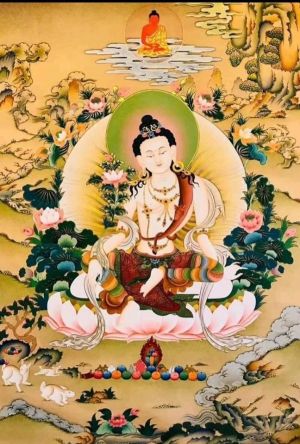Yantra Yoga
Yantra Yoga or the Yoga of Movement is an ancient system of Tibetan yoga based on the text The Union of the Sun and the Moon, written in the 8th century by the master Vairochana.
It was introduced and taught in the West by Chögyal Namkhai Norbu in the early seventies.
Yantra Yoga makes use of various types of movements and positions linked to different aspects of breathing in order to control and coordinate the vital energy or prana.
Since our physical and mental well-being depends mainly on the condition of our energy, by practicing Yantra Yoga we can keep ourselves in good health and reach a calm, present and relaxed mental state which is the base for understanding our own real condition.
Yantra Yoga is one of the oldest recorded systems of yoga in the world. It has come to us by way of Tibet, a land that holds a vast, rich Buddhist knowledge and heritage. Yantra Yoga’s unique series of positions and movements, combined with conscious breathing, can help coordinate and harmonize one’s personal energy so that the mind can relax and find its authentic balance. Many positions used in Yantra Yoga are similar to those of Hatha Yoga, but the way to assume and apply them differs significantly.
Yantra Yoga uses a sequence that consists of seven phases of movement, connected with seven phases of breathing. In particular, the position in the central phase of each movement helps create specific retentions of the breath that work at a deep, subtle level. For this reason it is not only the main position, but this holding and the entire movement that are important.
The system of Yantra Yoga contains a wide range of movements that can be applied by everyone. It is a superb method for attaining optimal health, relaxation, and balance through the coordination of breath and movement. This fundamental and rich method is connected with the profound essence of the Dzogchen Teachings, although a Yantra Yoga practitioner does not necessarily need to follow a particular spiritual path, therefore anyone can practice it without limitation. It has been offered for the help of finding the true natural state.
